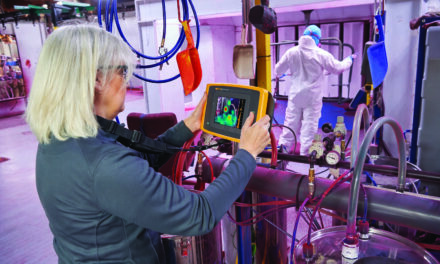Energy is one of the big topics in the United Kingdom this year. Discussions about what generation method is most sustainable, how much energy should cost and how companies can reduce their usage make media headlines on a daily basis. Martyn Williams, managing director of COPA-DATA UK discusses the role of data in energy management systems.

In the UK, the Energy Efficiency Directive was implemented with the help of the Energy Savings Opportunities Scheme (ESOS). ESOS introduces a programme of regular energy audits for ‘large enterprises’ that employ at least 250 people or has an annual turnover in excess of €50 million.
ESOS energy audits can include any energy audit undertaken during the compliance period under other schemes like the Carbon Trust Standard or Green Fleet reviews, as long as it meets the minimum standards required by ESOS. Alternative routes to compliance are ISO 50001 certified Energy Management Systems (EnMS), Display Energy Certificates (DECs) and Green Deal Assessments.
Data in energy management systems
A prerequisite of energy efficiency is the automated collection, compression and analysis of valid, relevant data from various sources, using an Energy Data Management System (EDMS). Industrial automation systems help companies extract data from production lines in real-time, which means it’s easier for energy managers to identify where the company uses most energy and where the potential savings are.

One of the main characteristics of industrial automation is the variety of products used within just one system. Any one production facility usually integrates numerous generations of sensors, drives and meters produced by different original equipment manufacturers (OEMs). Because of this diversity it’s often difficult to collect, archive and analyse sets of data.
A good EDMS should also be open, meaning able to collect and process data from the entire equipment infrastructure in a seamless way. COPA-DATA’s zenon, for example, has more than 300 communication protocols, covering all the important standards, right up to individual drivers. This means users can request targeted queries from any sensor, meter, measuring device or machinery. Secondly, an EDMS must be scalable. As the company grows, the system should allow the seamless integration new devices or machines. It should also allow the simple creation of new reports and straightforward addition of new users.
The ability to generate immediate reports according to the user’s needs is crucial. Displaying information in a clear way carries a lot of weight. zenon Supervisor and zenon Analyzer for example can display data in the form of key performance indicators, energy analyses, trend curves, alarm events or complex graphical reports.





